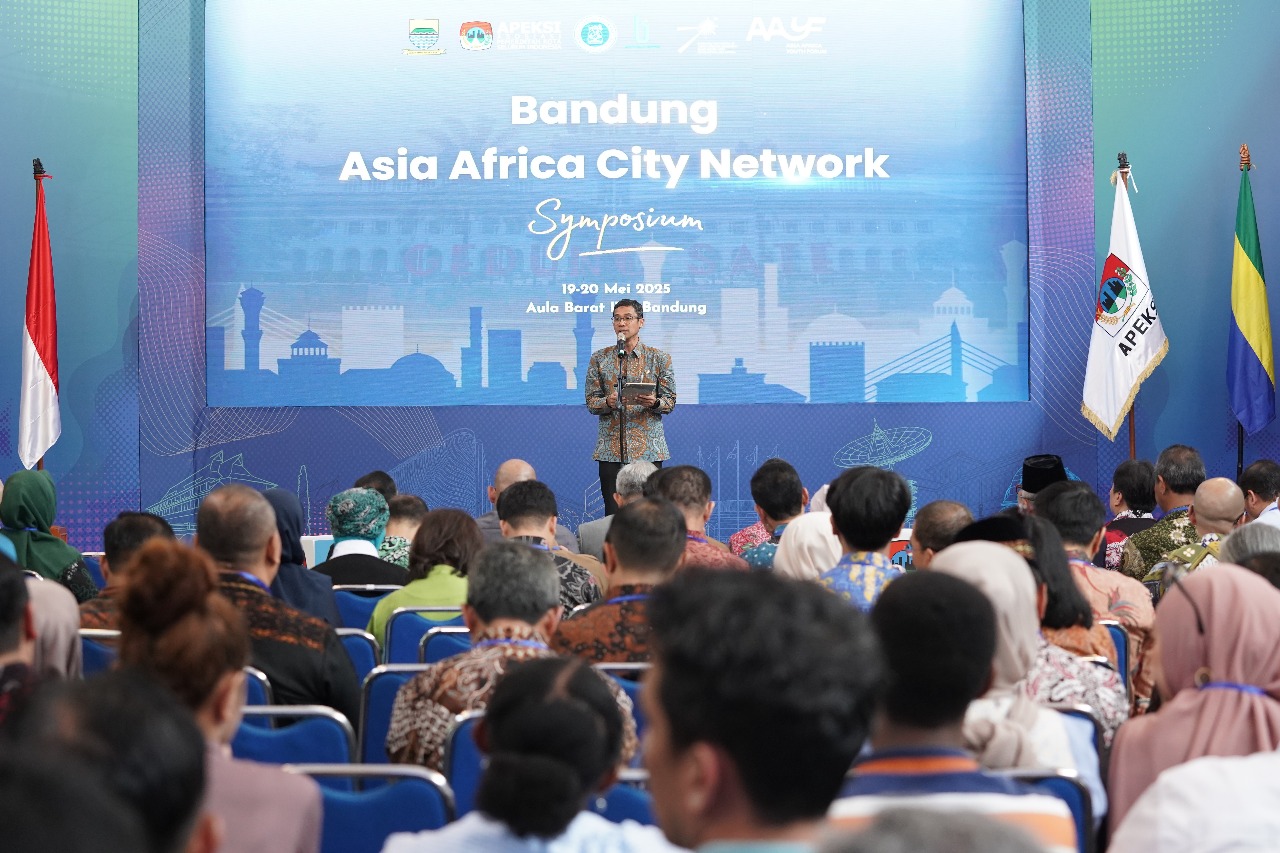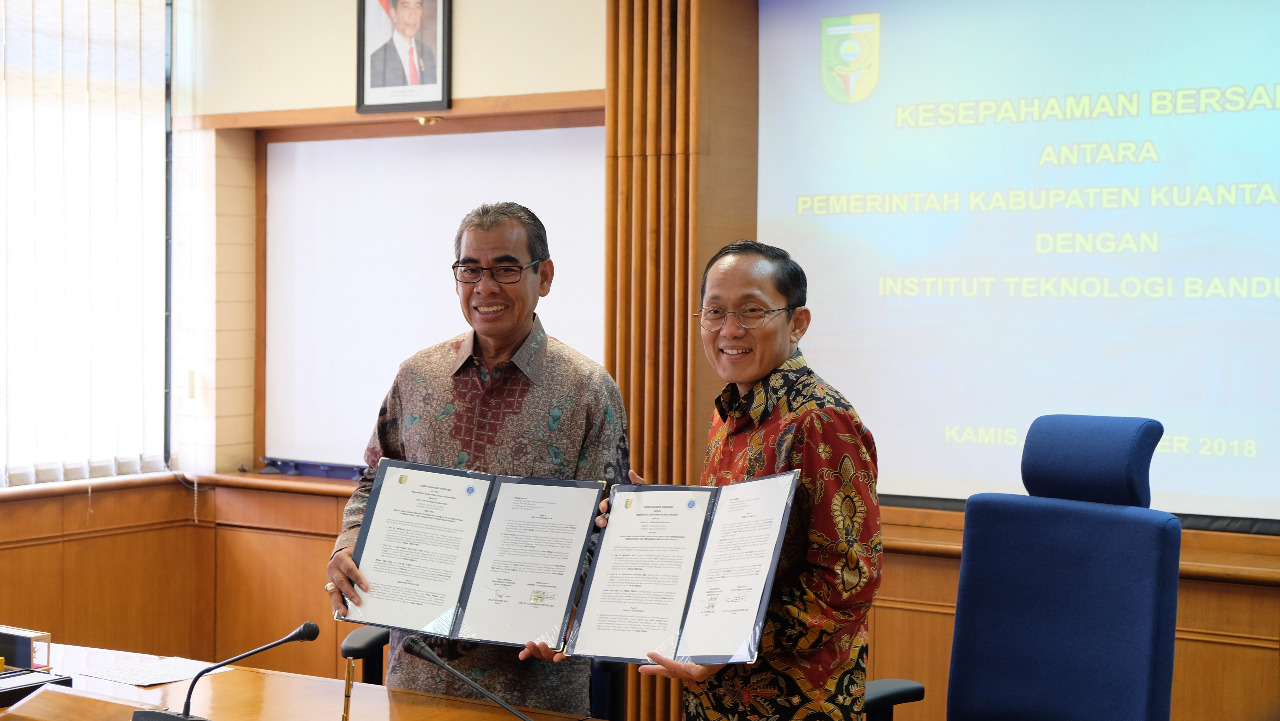Joint Meeting ITB, JSME, AUN/SEED–Net: Workshop on Mechanical Engineering and Aerospace
By Mandeep Kaur Gill
Editor Mandeep Kaur Gill
BANDUNG, itb.ac.id- ITB, Japan Society of Mechanical Engineering (JSME), and ASEAN University Network/ Southeast Asia Engineering Education Development Network (AUN/SEED-Net), Wednesday (23/7) and Thursday (24/7) held a joint meeting workshop on Mechanical Engineering and Aerospace Engineering in West Hall, ITB.
AUN/SEED-Net was formed in 2001 with purpose of developing SDM in engineering for economical development in ASEAN region. AUN/SEED-Net is supported by 11 universities in Japan with 19 established institutions from 10 ASEAN countries as members. ITB as one of those institutions hold the position as the host in Mechanical Engineering and Aerospace. This time the workshop is held in purpose to exchange research experience, discuss yearly plans and its implementation, spreading of technology, research and latest information.
The first day was filled with three symposiums among which are: solid mechanics by Prof. Dr. Masaki Shiratori, Yokohoma National University about statistic design development as a supporting system and its application on troubleshooting in the industry and Dr. Budi Santoso, Direktur PT.Dirgantara Indonesia on weaponolgy, heat and fluid mechanics by Prof. Dr. Koichi Hishida, Keio University about optic measurements and transportation system in single flow and multi phases and Prof. Dr. Aryadi Suworno, ITB, about biomass potential as the main energy in Indonesia; machine mechanics by .Prof.Hiroshi Yamaura, Tokyo Institute of Technology regarding the study of machine dynamics, tribology, and control and Prof. Dr. Mulyadi Bur, University of Andalas on machine dynamics.
Statistic design supporting system is to change the physical process into a mathematical process. Design variables and level values chosen are then arranged as orthogonal array, undergoing structural analysis, characteristic function chosen from structural analysis, analysis variance taken to estimate the analysis effectiveness for design variables and will produce characteristic function response. The method is useful for instance to maximize optimality of vehicles’ frontal structure to minimize effect of vehicle collision and design safety in electronic package. Nevertheless, support system design still has to be discussed regarding how to attain high quality effectiveness analysis results and assure FEM (Finite Element Method) quality.
In the session on biomass potential as energy, biomass from agricultural waste that is burnt can be used as an electric generator. It had wide potential especially in Sumatra and Kalimantan where the ratio of electric is relatively low. It also reduces the greenhouse effect. Before this the biomass underwent a combustion and torrefaction tests.
On day 2, the workshops were filled with four sessions which were rotor/bearing system basics and examples of problems in turbo machines by dr. Yoichi Kanemitsu; fundamental rotor dynamics and an example of a problem; anti friction bearing condition and lubrication analysis using shock pulse method by Djohan Salim, PT. Dwihasta Pirusa; and induced vibration flow and case examples by Kazuaki Yabe. All four sessions was in context with V-Base, which is a database of solutions to example cases for vibration and noise problem in a spinning machine, automotive and other industrial machines.


.jpg)
.jpg)
.png)
.jpg)
.jpg)


